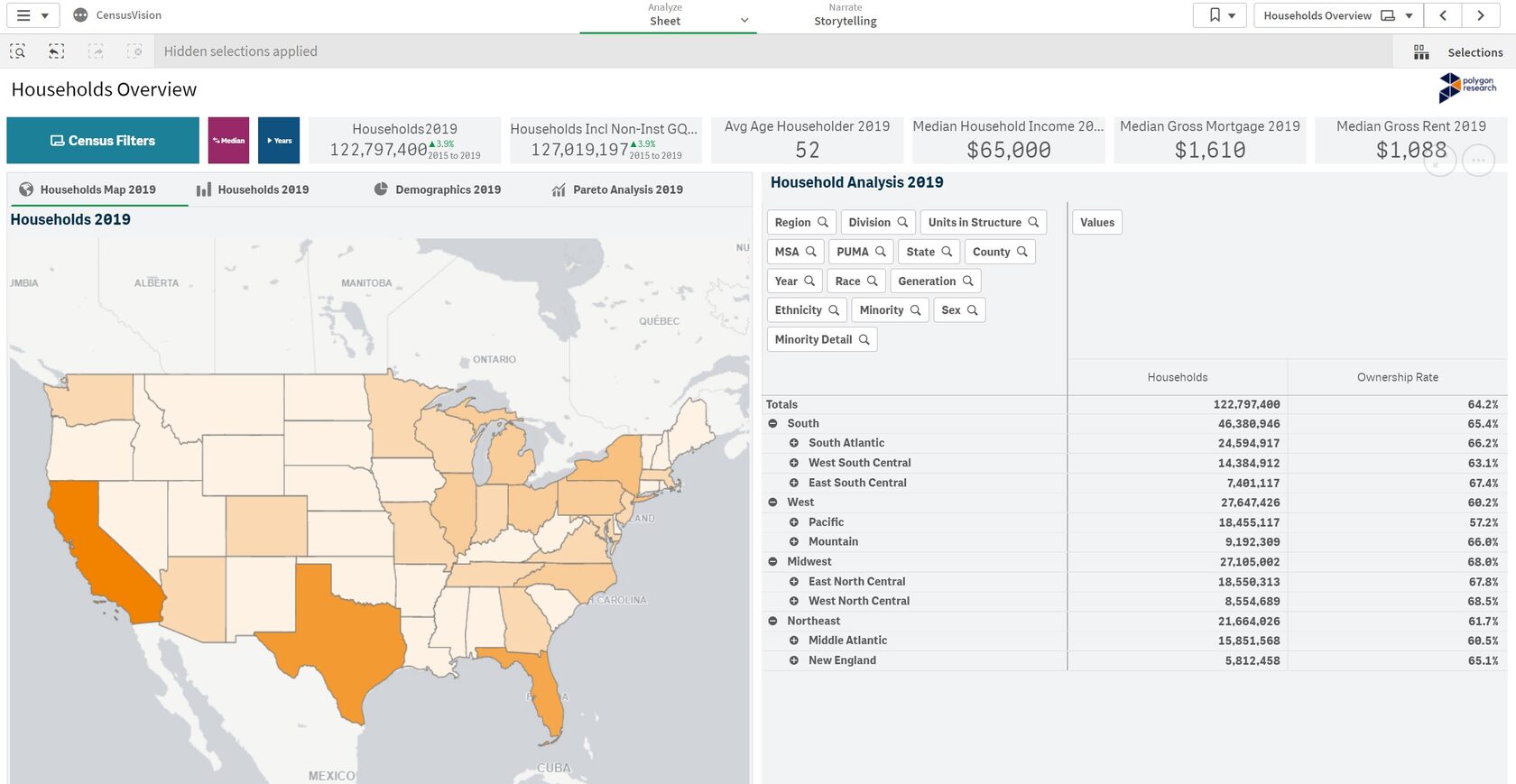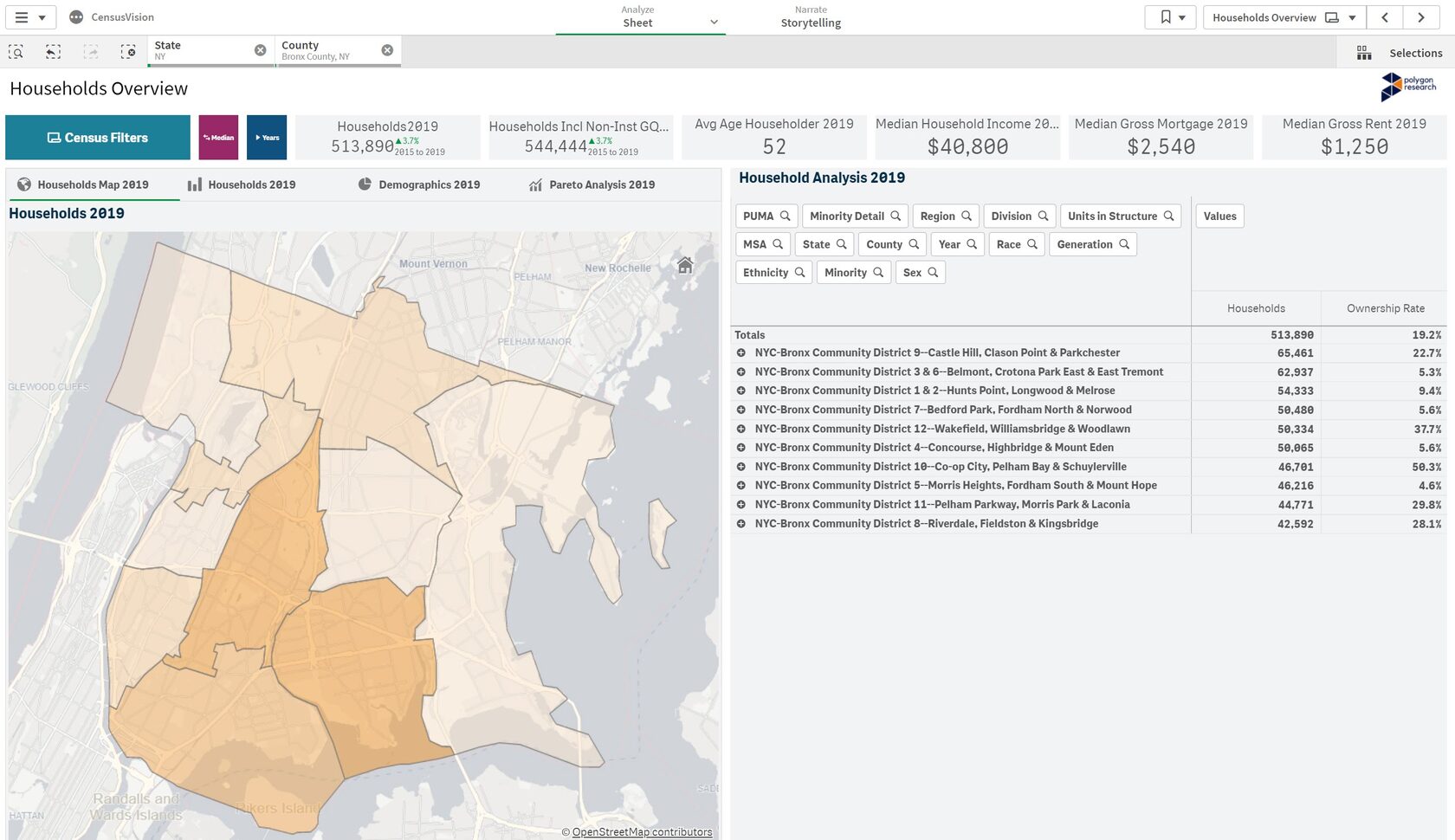Mortgage banking lenders and stakeholders are more challenged than ever with an uncertain forecast for 2022 lending volumes and a heightened focus on regulatory compliance.
One way to manage the uncertainty and to maximize your sales productivity is with a better sales territory plan. The beginning of the new year may be the best time to review and enhance your sales territory plan and/or better define your target markets.
In our market intelligence work with a number of housing finance stakeholders, we’ve noticed that the leading mortgage banking organizations have a framework to measure their sales potential, set goals, and focus their Loan Officers' (or Account Executives, Business Development Officers, etc.) efforts for maximum success.
In this blog, we will examine a couple of geographic models for defining the boundaries of a mortgage banking sales territory. But first things first: let’s define what a sales territory is. For the purpose of our discussion today, a sales territory is a geographic tactic to ensure your sales and marketing teams understand your applicants/prospects and are able to serve them well while at the same time achieving your goals for growth and profitability.
There is no one-size-fits-all when we think about how different stakeholders define their markets. Some take a macro, or top-down approach, drilling down from the national to the local level, while some take the opposite, bottom-up approach. Let's start by taking a look at a top-down sales territory analysis.
Macro Level or National Level. The sales territory can be defined as the entire US (all 50 states, DC, and territories), or it can be divided into states, regions or divisions.
In Fig. 1, we show how this might look using demographics data starting at the national level. In this case, the sales territory boundaries are quite large, encompassing about 123 Million households (the total addressable market). A helpful tactic is to segment the national level and group the states into regions or divisions. In Fig. 1, the table shows how this can be done. For example, grouping in 4 Regions (South, West, Midwest, and Northeast), or even more granular, by dividing the states in each region into divisions. For example, the Northeast Region can be further divided into the Middle Atlantic and New England Divisions.
Fig. 1: Defining the Market as Total U.S. Households, Using ACS PUMS data

Micro Level. In densely populated areas, and in highly competitive mortgage markets, mortgage banking stakeholders can choose to focus on even smaller geographic units to define the boundaries of their sales territories; for example - neighborhoods.
Neighborhood analysis can be done using Census PUMAs (Public Use Microdata Area) in this instance. In Fig. 2, we show how the Bronx can be segmented into a sales territory consisting of named and measurable neighborhoods.
Fig. 2: Defining Sales Territory Boundaries Based on Neighborhoods

Without elaborating on all the information available for analysis at the neighborhood level (spoiler: there's a lot), our call to action in this post is iterative: define your territories, measure your sales capacity for covering your territories and your products, and adjust as necessary - a basic Deming Wheel (PDCA - Wikipedia).
Doing so now will set you on the right path to winning in an uncertain mortgage market by:
- Focusing your sales efforts on the who, what, when, where and why;
- Aligning LOs, AEs, BDOs, and all your salespeople to the regions and segments best suited for their background and expertise;
- Aligning applicant segments and referral partners with LOs that understand their unique challenges and opportunities.
Would you like to learn more about creating better-defined boundaries of a sales territory plan? Schedule a 30-minute free market analysis and discussion with us. And make sure you sign up to receive our insights and strategy tips right into your inbox.
